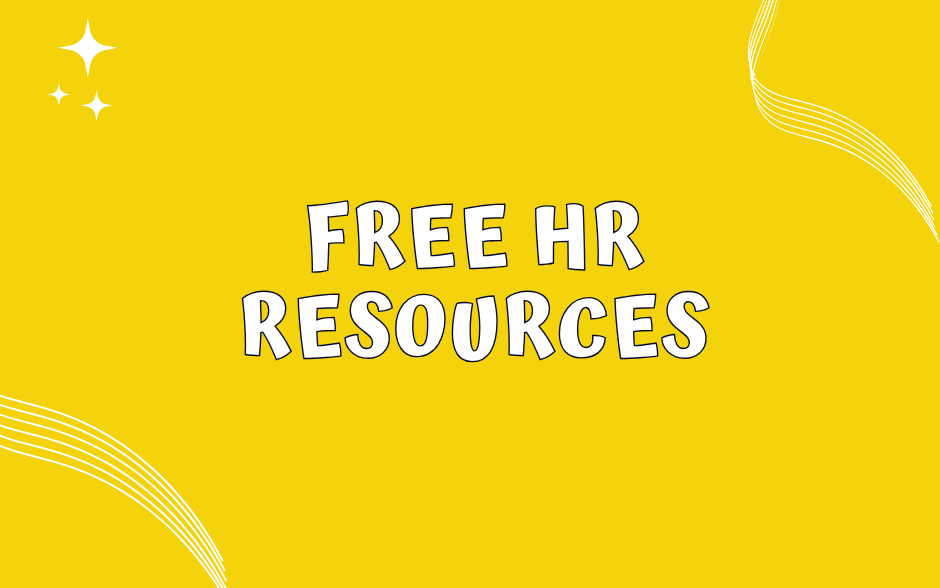How to manage Substance Abuse in the Workplace

How to manage Substance Abuse in the Workplace
In this complex, modern world, substance abuse is sadly becoming a growing issue. 💔
There were 289,215 adults in contact with drug and alcohol services between April 2021 and March 2022. This is a rise compared to the previous year (275,896).
According to the Health and Safety Executive (HSE), work-related ill health and injuries accounted for around 28.2 million lost working days in the UK during the 2019/2020 period. A comprehensive approach to workplace safety, including substance use, is crucial for small businesses. 😬
The HSE also reports that work-related stress, depression, or anxiety accounted for 17.9 million lost working days in the same period. Substance use can be both a cause and a consequence of mental health issues, emphasising the need for comprehensive policies that address the holistic well-being of employees.
So, it’s highly likely you’ll have an employee substance issue at some point in your life as a leader. And you need to know how to deal with this, as it can impact both the well-being and productivity of employees.
In this blog, we will delve into the what, why, and how of such policies, shedding light on the significance of addressing substance use in the workplace.
What is substance abuse?
Substance misuse refers to the use of psychoactive substances in a way that is harmful or hazardous to health. This includes alcohol and illicit drugs.
Signs that your substance use is becoming a problem include: Loss of control of alcohol or drug use or harm from substance use, such as injuries, medical problems, damaged relationships or problems at work.
People who abuse substances may become addicted to and dependent on those substances.
How to spot the signs of substance abuse in the work
Identifying signs of substance abuse is the first step in addressing the issue. Look out for increased absenteeism, more workplace accidents, signs of regular hangovers, decreased performance, and ongoing mental health problems.
Plus, look out for the obvious signs like the smell of alcohol or odours, slurred speech, eyes being dilated or constricted, emotional issues such as agitation or irritability, drowsiness or excessive sweating.
There may be other underlying causes such as other behavioural or mental health issues but learning to recognise the signs of alcoholism or alcohol abuse can help you to tell the difference.
Keep a log of the issues that you are aware of and listen to colleagues when they report incidents to you so that you can build up a picture of what is happening.
What do you do if you suspect an employee is under the influence of drugs or alcohol at work?
This is why the policy is important and you should follow the specific steps that can and should be taken by management to properly execute and document any situation.
Step 1: Gather evidence
Suspicions regarding an employee who may be under the influence may come from co-workers or clients, often before it is noticed by a supervisor. Document any complaints, concerns, behaviour patterns or witnesses to the behaviour.
Step 2: Arrange a Welfare Meet
Once the situation is documented, arrange to meet with the employee for a discussion of what has been observed. And always have a second party at the meeting to act as a witness. You then have the options to follow whatever is stated in your company policy.
Step 3: Act on the Results
If the employee admits they have a substance abuse problem, encourage them to visit their GP and get some help.
If they deny it, continue to observe them and refer them to a pay-as-you-go occupational health professional if you have ongoing concerns.
What is an Alcohol & Drugs at Work Policy?
An Alcohol & Drugs at Work Policy is a set of guidelines and regulations established by employers to manage and address issues related to substance use within the workplace. It encompasses a range of substances, including alcohol, illegal drugs, and prescription medications that may impair cognitive and motor functions.
This policy serves as a proactive measure, outlining the expectations and consequences associated with substance use on the job. It not only ensures a safer work environment but also promotes employee well-being and productivity.
Implementing an Alcohol & Drugs at Work Policy should be approached with empathy and a genuine concern for employee welfare.
Addiction and substance use disorders are often complex issues rooted in personal struggles. By providing support mechanisms and maintaining open lines of communication, employers can contribute to the overall health and recovery of their workforce.
Why should your business have an Alcohol & Drugs at Work Policy?
👉 Safety First: The primary driver behind implementing such policies is to guarantee the safety of all individuals in the workplace. Impaired judgement and coordination due to substance use pose a significant risk to both the affected employee and their colleagues. By having a clear policy in place, employers can minimise the potential for accidents and injuries.
👉 Legal Compliance: In the United Kingdom, employers have a legal obligation to provide a safe and secure working environment for their employees. Failure to address substance use issues could lead to legal repercussions, making an Alcohol & Drugs at Work Policy not just a good practice but a legal necessity.
👉 Productivity and Performance: Substance use can significantly impact an employee's ability to perform their job efficiently. Implementing a policy that discourages substance use during work hours contributes to maintaining a high level of productivity and overall job performance.
👉 Employee Well-being: Beyond the legal and productivity aspects, caring for the well-being of employees is a fundamental responsibility of any employer. Substance use can be a symptom of underlying personal or mental health issues, and a well-crafted policy provides a framework for supporting affected employees through appropriate channels.
How to create an effective Alcohol & Drugs at Work Policy
Crafting an effective policy requires careful consideration of various factors. Here's a step-by-step guide on how to create a comprehensive Alcohol & Drugs at Work Policy:
- Define Scope and Applicability: Clearly outline the scope of the policy, specifying the substances it covers and the situations in which it applies.
- Education and Training: Implement educational programs to raise awareness about the risks associated with substance use. Provide training for both employees and management to recognize signs of impairment.
- Testing Procedures: If deemed necessary, establish procedures for substance testing. This should be conducted fairly and with respect for individual privacy.
- Consequences and Support: Clearly articulate the consequences of violating the policy, ensuring that they are fair and consistent. Simultaneously, offer avenues for support, such as Employee Assistance Programs (EAPs) for those struggling with substance-related issues.
- Review and Update: Regularly review and update the policy to reflect changes in legislation, societal attitudes, and emerging substances or trends.
Save time. Grab our Alcohol & Drugs at Work Policy Template
Feeling a bit overwhelmed? Don't fret – we've crafted a ready-to-use Alcohol & Drugs at Work Policy template that takes the guesswork out of the equation. 🎉
Our template is designed to be:
- Comprehensive: Covering all the essential elements to make your workplace safe
- Easy to Customise: Tailor it to your company's unique needs and culture.
- Affordable - Save £££ in your own time and get it done fast.
Ready to take the plunge into a more inclusive future? 🌐 Click here to grab our high-quality Alcohol & Drugs at Work Policy Template and let the transformation begin!
Investing in the well-being and safety of your employees is an investment in the success of your business. Our template ensures that you have a solid foundation for fostering a workplace that prioritises health, safety, and productivity.







